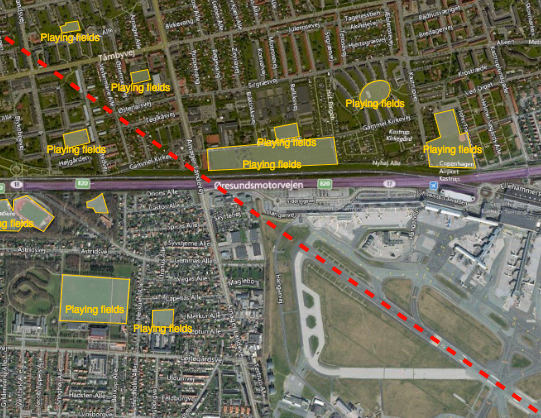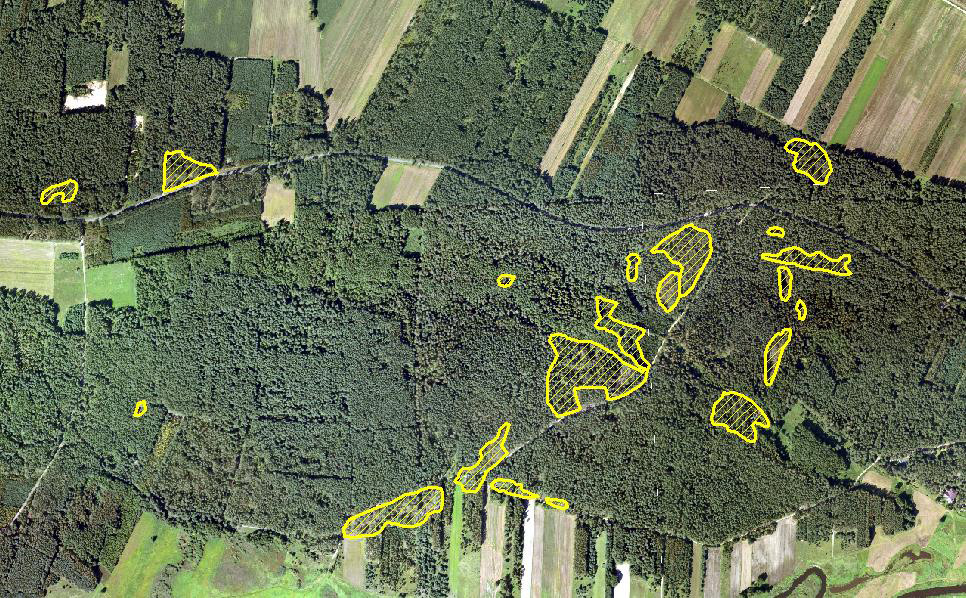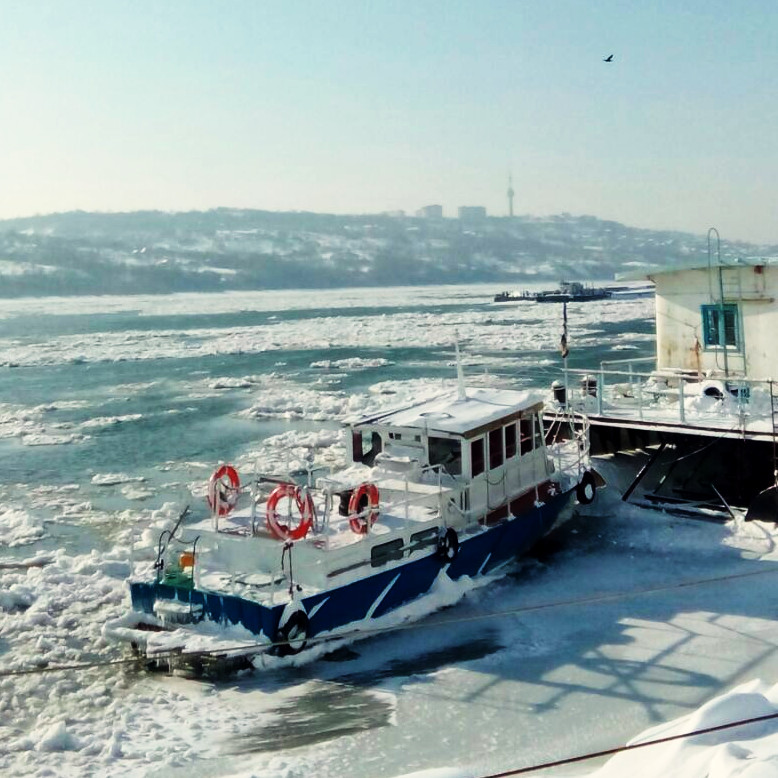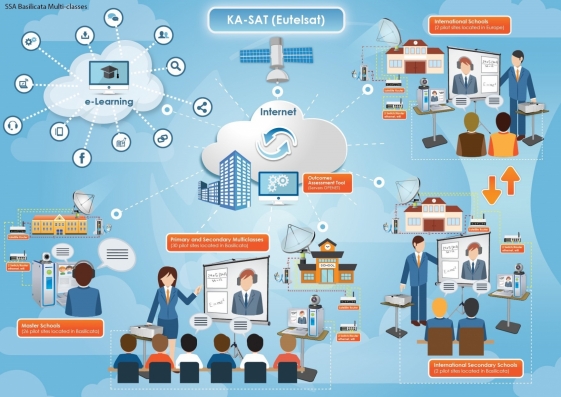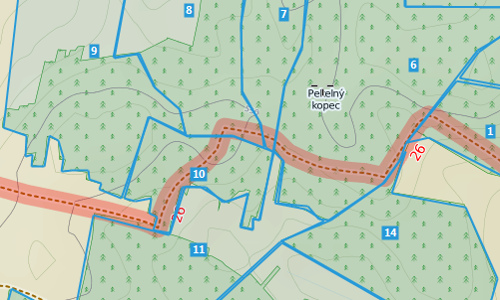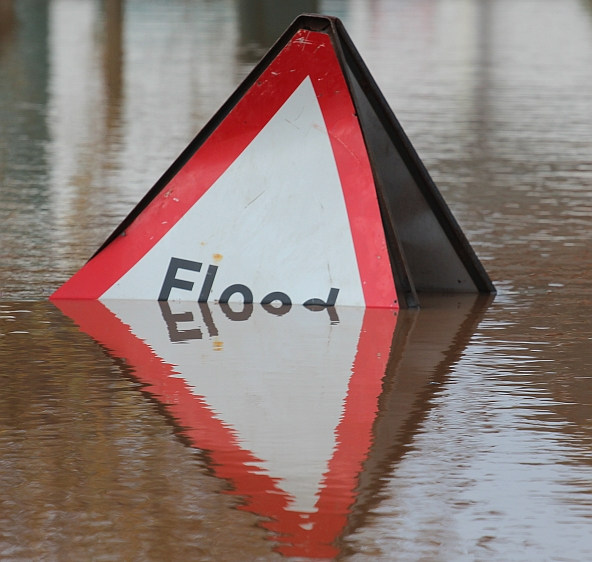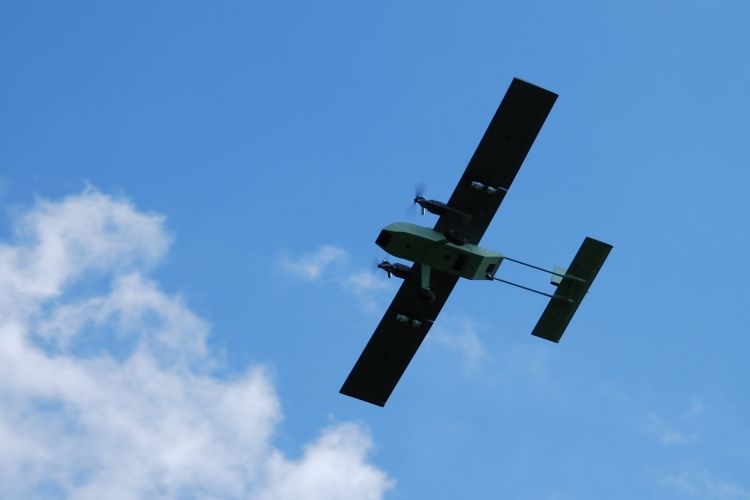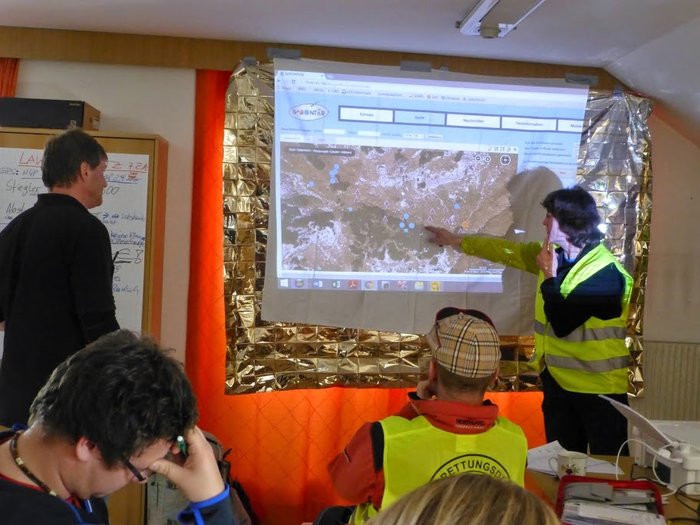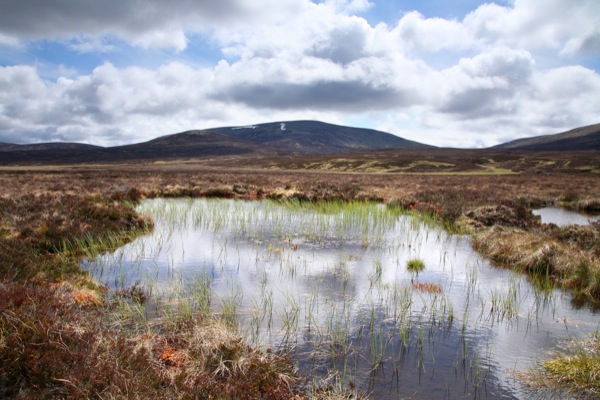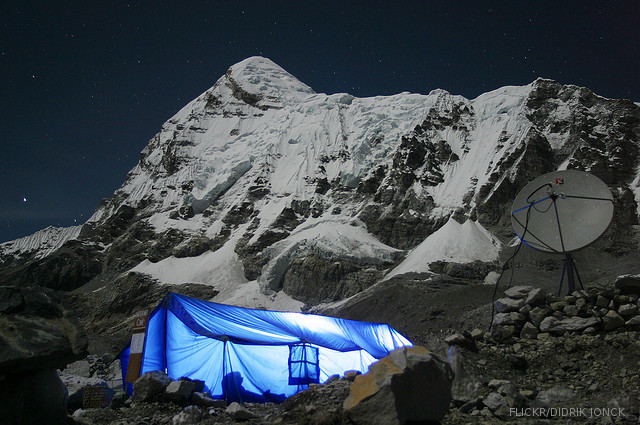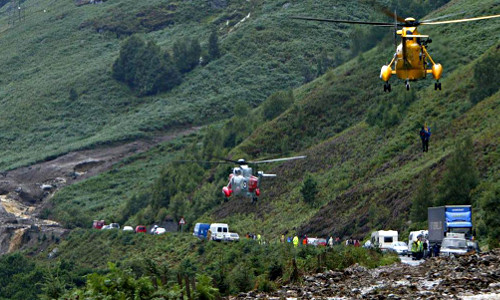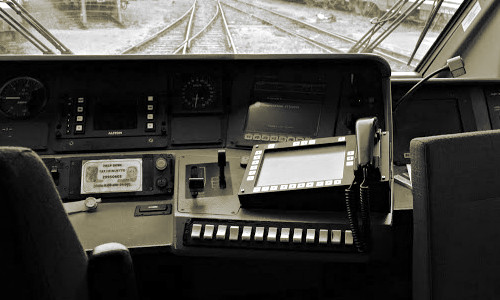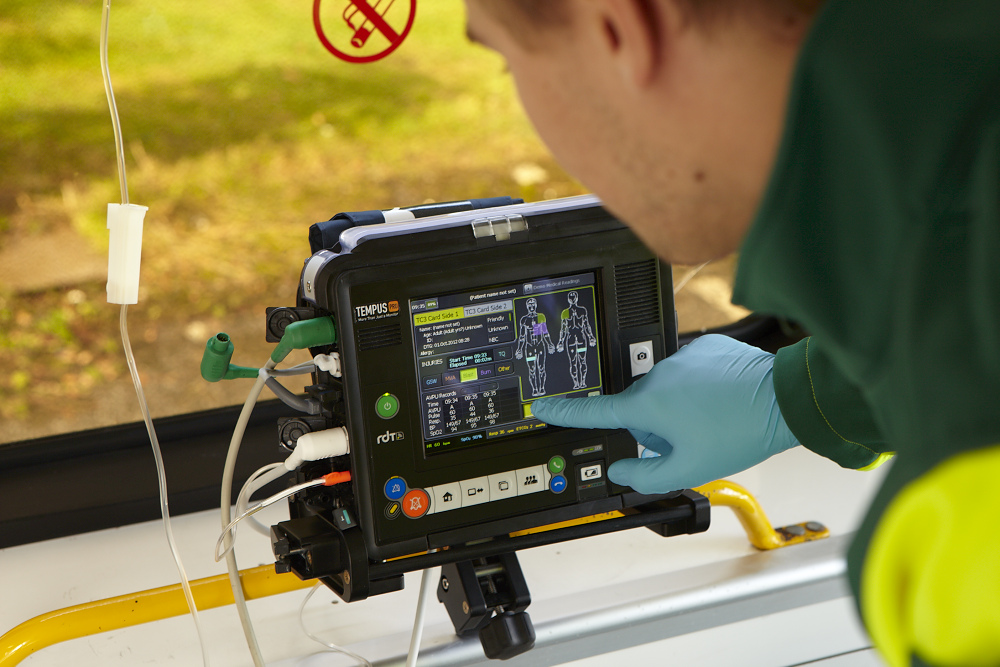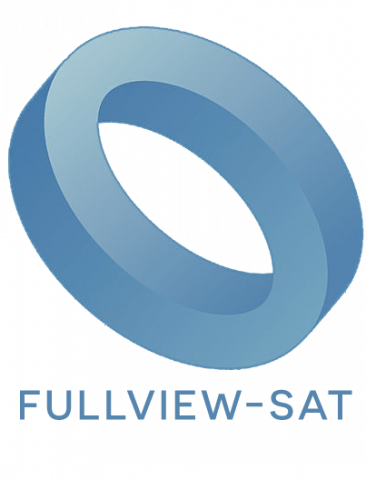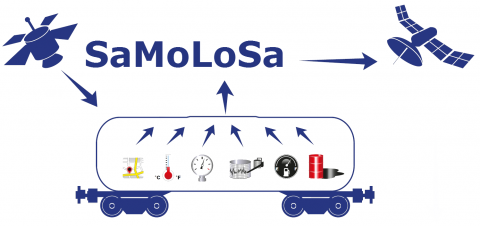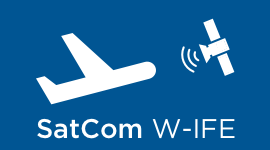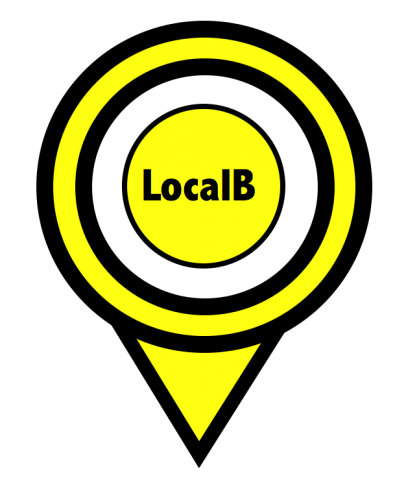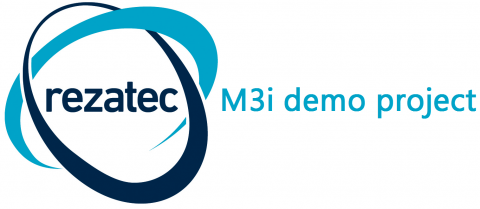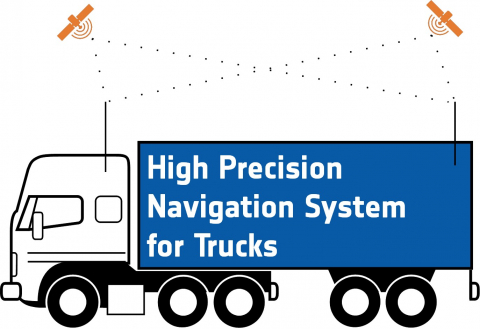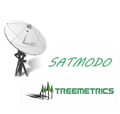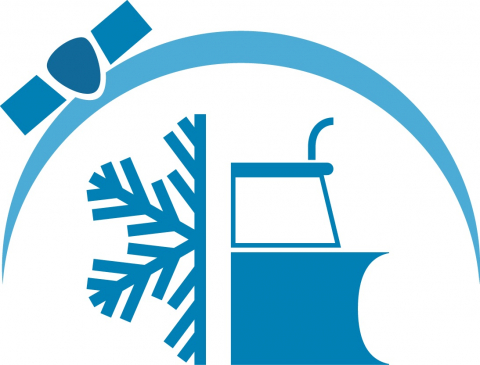Reducing the risk of bird strikes using satellite images and Ascend’s Normalised Difference Water index software (NDWI)
BROWSE PROJECTS
Based on user needs and industry skills, the evolution of customized solutions and the establishment of innovative services is accomplished through project activities. Focusing on various thematic areas, relevant information on the project activities is provided below.
FULLVIEW-SAT
Status date: 02 May 2018
FULLVIEW-SAT aims at implementing a solution to deliver a live immersive 360 degrees multicasting of sport events for Major and Minor sport leagues. FULLVIEW-SAT makes use of state-of-the-art Satellite News Gathering (SNG) based on of High Throughput Satellite and full IP solutions. The content is then delivered to the users via Internet; a dedicated App and visors will allow users watching at sport events as they were in the different location of the football field, providing an immersive experience.
i-FishSAT
Status date: 17 January 2018
Intelligent Integrated Information System for Sustainable Fisheries Management via Satellite (iFishSAT) has developed a range of solutions that exploit space assets (Communication, Earth observation and GNSS satellites) to streamline the fresh seafood value chain by allowing fishermen to sell produce to customers whilst still at sea thus, providing direct linkage to a broader customer base and without geographical limitations as well as reducing waste through discard of produce that is desirable in the local market. This new model for the seafood industry transforms it from a local or regional activity to a Europe-wide open marketplace where profit for fishermen is enhanced whilst also ensuring that retailers and consumers get the best quality produce at prices that are not unduly inflated by agents’ fees.
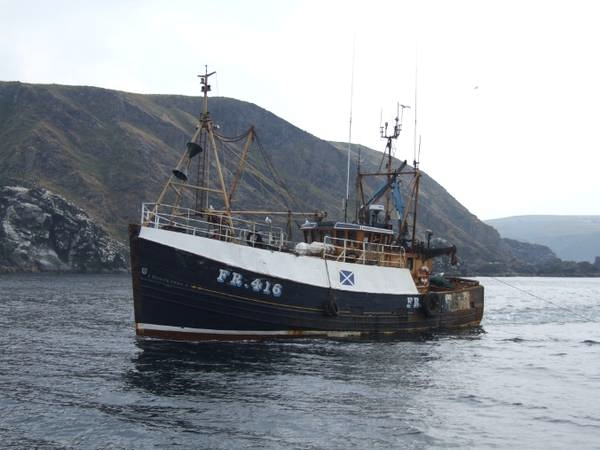
SaMoLoSa
Status date: 06 April 2018
The Ovinto SaMoLoSa demonstration project addresses the use of satellite technology for the reduction of transport risk, security enhancement and optimisation of logistic operations by the tracking and monitoring of extremely dangerous goods in unpowered, mobile transport units such as rail tank cars and intermodal tank containers.
SatCom W-IFE
Status date: 03 April 2018
Airlines are embracing next generation connectivity in the cabin and cockpit. High capacity satellites are the key to meeting consumer demand for high speed, high quality and low cost connectivity in the air. Through this SatCom W-IFE ESA activity, Viasat’s satellite-based in-flight connectivity with Viasat Ireland’s in cabin applications is to provide an evolving range of services to the airborne market.
SatCorpAfrica
Status date: 15 March 2018
SatCorpAfrica (SATellite CORPorate services in AFRICA) is a Satcom Applications project by SatADSL (BE) aimed at developing, integrating and validating a satellite IP connectivity system and associated services allowing SatADSL to offer via local African Telecom Operators a solution targeting the WAN (Wide-Area-Network) market segment with a set of attractive and flexible offers.
MAPP
Status date: 23 October 2015
The increase in piracy incidents in areas such as the Gulf of Aden and the Gulf of Guinea threatens life at sea and causes substantial cost to the shipping industry and governments as vessels transit through the High Risk Areas.
Cycle route planning tool
Status date: 07 March 2018
Imagine yourself dumped in the middle of the Alps with your mountain bike. Now try and find a route that gives you 3 hours ride-time, 1200 meter elevation gain and a gnarly descent with epic scenery. Easy? Thought not. Beinn Bike delivers this capability quickly and efficiently allowing you to spend more time riding and less time planning.
LocalB
Status date: 07 March 2018
LocalB is a novel location based service that links vendors and consumers within a geographical area.
Nostalgeo
Status date: 05 March 2018
Nostalgeo is a location-based platform to preserve & experience the streetview of the past. The interactive tool allows users to explore, compare, upload & fit old streetviews in relation to the streetview of today. A location-based API service allows other users/developers to access historical streetview data over whole Europe and integrate it into their own (touristic) applications.
Tourism Impact Monitoring Service
Status date: 05 March 2018
Realise and monitor sustainable tourist destinations using Earth observation satellites.
M3i
Status date: 12 April 2017
M3i is an end-to-end, one-stop service that reduces the fieldwork required to gather information on critical Landscapes of Interest. Satellite imagery, analysed in conjunction with a minimal set of ground-based data, significantly reduces the time and money required to perform surveys, and thus greatly improves the potential for all forms of land use to be incorporated into sustainable management schemes.
SatBAMS
Status date: 21 February 2018
The Battery Array Management System automates the storage and distribution of power. Unlike existing battery arrays, the BAMS will maintain better Security of Supply, ensure that the reserve does not loose capacity over time and extends operation of batteries by 50%-100%.
High Precision Navigation System for Trucks
Status date: 20 February 2018
Autonomous driving and reverse parking of truck-trailer combinations are very attractive for the transportation and logistics industry to reduce the transportation costs and to avoid accidents.
SATMODO
Status date: 08 September 2014
The SATMODO project is aimed specifically at the round-wood timber harvesting market, by facilitating ”live” monitoring of harvest processes. To date the SATMODO project addressed current harvesting issues in remote areas by utilizing both cellular and satellite transmission technology as a means of providing data transmission pathways for the live harvest data from the Harvester Machine.
Profumo FS
Status date: 02 September 2016
Profumo proposes novel weather-based services for the Mediterranean navigation with the aim of granting fuel saving, pollution reduction and improving safety for passengers, crew, goods and ships’ instruments. The idea is to establish a cooperative schema (between commercial vessels) where meteo-marine data is collected from standard and non-standard on-board instrumentation and used to produce innovative high resolution meteo-marine products, and to provide route optimization and navigation services.
ASSIST WRM (FS)
Status date: 06 July 2015
The “Advanced Snow plough and Salt spreader based on Innovative Space Technologies“ (ASSIST) project aims to deliver a comprehensive feasibility study on the technical and economic sustainability of a winter road maintenance system based on space technologies.
ASSIST proposes a concept developed along with the improvement and integration of two main assets: Satellite Navigation (and related augmentation systems) and Earth Observations to get additional digital information about roads and weather forecasts.



